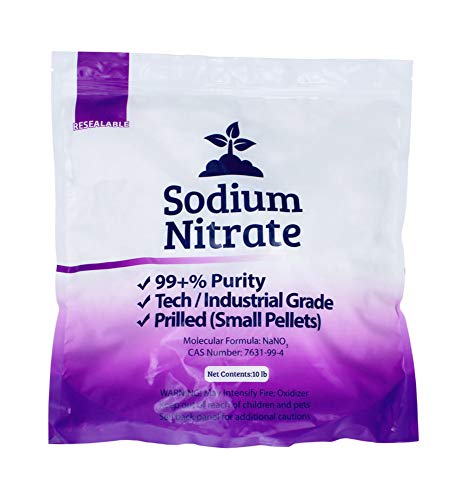We can skip. Or use them for more time to Contact with copper.
Speed of cementation is proportional to
active surface area of copper plate/bar. If the solution only sit in the tank, only mixing force is diffusion, and that is very very slow for you purposes. You need to move the solution. Either by mixing or with air bubbler. Not just a small stream of bubbles, you need it to bubble quite a lot - of course, not that violent it spits the solution everywhere

If any gold is present in soluble form as Au3+, it will fall off on the surface of the copper as brown precipitate. More contact time surely help to assure you, that all values were precipitated. But on the other hand, in acidic solution, and in presence of air, copper is dissolved even in HCL. So it is a balance act of necessity and certainty

If you want to speed the cementation, use multiple pieces of copper sheet metal or casted flat bars to increase surface area.
Don´t forget to brush the surface of the copper after cementation - some gold can be still attached to the surface of the copper, but gentle brushing will take it off. The quickest way how to dross off the gold powder from copper is to use ultrasonic cleaner. But considering the size of copper bars, it will probably be impractical.
As 4metals told you, stannous test will tell you if there is a soluble gold in solution.
If you want to be completely sure, you can take small portion of the solution (say 200 mL) and use aluminium or zinc to completely cement all of the metals to the sludge. Filter the sludge and measure with XRF. But I think that with stannous and trained eye, you will be fine.
















































































